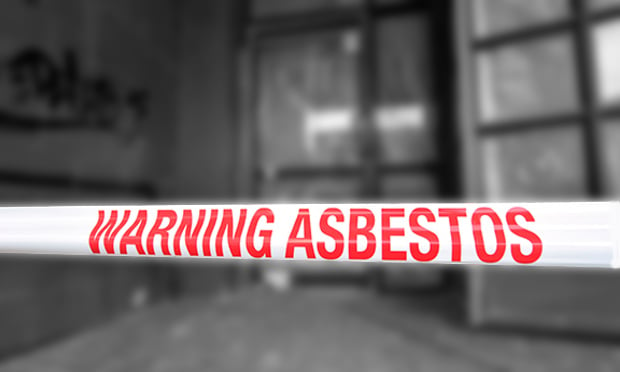 Asbestos defendants should not presume that their best (or only) option in the face of unrelenting asbestos claims filings is to survive in the tort system for as long as insurance assets will allow, and then hope that claimants will simply walk away when no assets are left. Neither should they casually gamble that their insurance assets will outlast the asbestos claims against them. (Credit: Rafael Ben-Ari/Chameleons Eye)
Asbestos defendants should not presume that their best (or only) option in the face of unrelenting asbestos claims filings is to survive in the tort system for as long as insurance assets will allow, and then hope that claimants will simply walk away when no assets are left. Neither should they casually gamble that their insurance assets will outlast the asbestos claims against them. (Credit: Rafael Ben-Ari/Chameleons Eye)
Although decades have passed since asbestos was ubiquitous at industrial sites and operations around the United States, litigation over bodily injuries allegedly caused by historic exposures to asbestos continues in a significant way across the country. Many defendants find themselves in the position of relying on limited, decades-old insurance assets to fund the defense and resolution of asbestos claims, hoping that the insurance assets can somehow outlast the claims in the tort system.
Recommended For You
Want to continue reading?
Become a Free PropertyCasualty360 Digital Reader
Your access to unlimited PropertyCasualty360 content isn’t changing.
Once you are an ALM digital member, you’ll receive:
- Breaking insurance news and analysis, on-site and via our newsletters and custom alerts
- Weekly Insurance Speak podcast featuring exclusive interviews with industry leaders
- Educational webcasts, white papers, and ebooks from industry thought leaders
- Critical converage of the employee benefits and financial advisory markets on our other ALM sites, BenefitsPRO and ThinkAdvisor
Already have an account? Sign In Now
© 2025 ALM Global, LLC, All Rights Reserved. Request academic re-use from www.copyright.com. All other uses, submit a request to [email protected]. For more information visit Asset & Logo Licensing.





